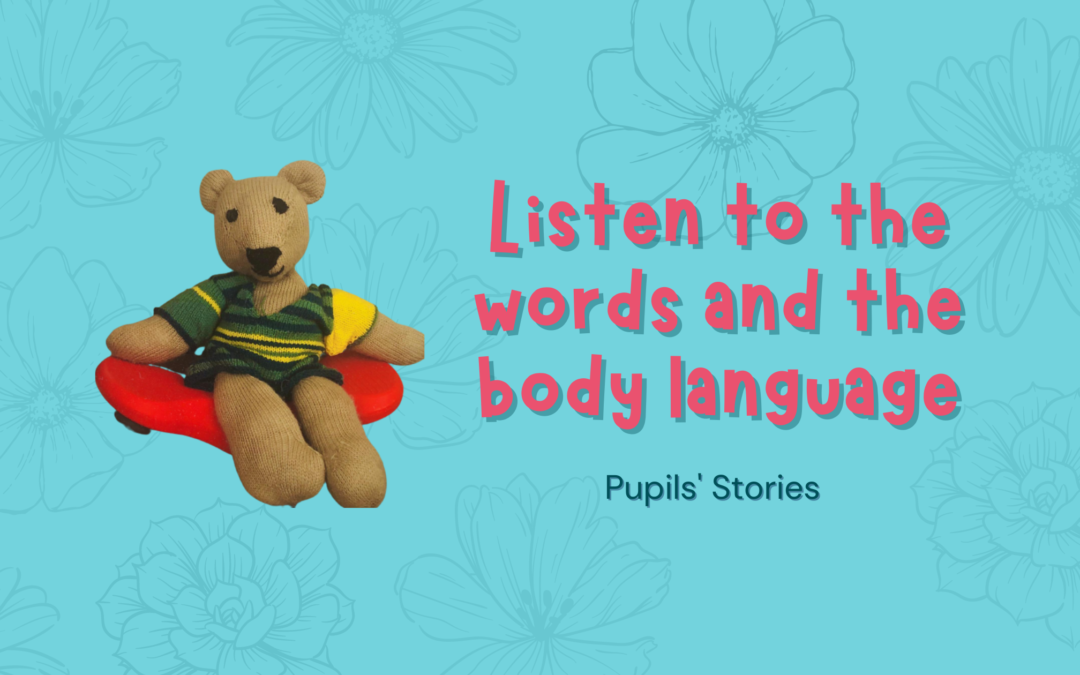Often, I am asked what method I use in my teaching. It has made me wonder repeatedly what the answer to this question is? Perhaps today, it would be “listen carefully to the words and the body language.” That is my method. After years of working with learning challenged pupils, I still open the clinic door, with excitement and wonder what knowledge I will acquire from my pupils during our sessions. Something not written in any method but something that comes out of noticing each tiny nuance of the cognitive or flicker of the eyes.
He walked into the room, and I just saw eyes. Big, blue eyes. The color of oceans and the blue of skies. I am not surprised that, that was what I noticed first. His eyes speak more than words.
He came with a sad face and a feeling of failure that he had not understood the mathematics that was taught in the lesson at school..
“Did you now understand the explanation, that you just heard from me?”
And the words that come out were very polite and hesitant.
“Yes, I think I did.”
His eyes were much more communicative and left no doubt in my mind – there was no flicker of understanding or even life in them.
I see that your eyes are telling me that they did not understand. So, let me explain in a different way.
A big smile of relief. He was so used to being polite – thinking that if he said he did not understand, he was insulting the teacher.
I asked him to explain how he would do the exercise on his own. From his explanation I could understand where the difficulty stemmed from.
This time I explained more visually than cognitively. Describing the mathematic terms as pictures and then like the sun rising to light up the darkness of the night, his eyes lit up and smiled. The eyes had come alive and were happy. There was understanding.
“One more exercise to do on your own and let us see how it goes.”
Of course, the results were great. The memory intact and understanding from eyes to brain.
Does this also mean that the visual is always stronger than the auditory with him?
Immediately we tried it on learning new English vocabulary and discovered that it was easiest to flash different colored cards and have the translation at the back. So, the card was flashed seeing the front and then the back. And it amazed us both to discover how quickly he remembered them all. So again, those eyes were the door to memory. “I remember that was on the red card!” he excitedly announced.
So, what was the method? And why did I try teaching through the visual? His eyes looked at me with no life in them and made me want to give them life and a flicker of hope. His body language showed me the way and I just followed instinctively. Our brains gather information from many sources, and when teaching pupils, we need to find the pathway for that particular pupil. Some first see and understand the visual and then words are put to the picture, some learn in the exact opposite way. Am always surprised to discover more and more methods of remembering and learning skills from the pupils themselves. Their body language often leads me to a method that is suitable for them.
When trying to understand the difficulties of pupils, listen to the words they use, as well as listening and watching their body language carefully. The two together lead to a more efficient method for that particular person.


How important it is to be able to listen to a pupil beyond the words. Thank you for this beautiful post. Looking forward to read more.